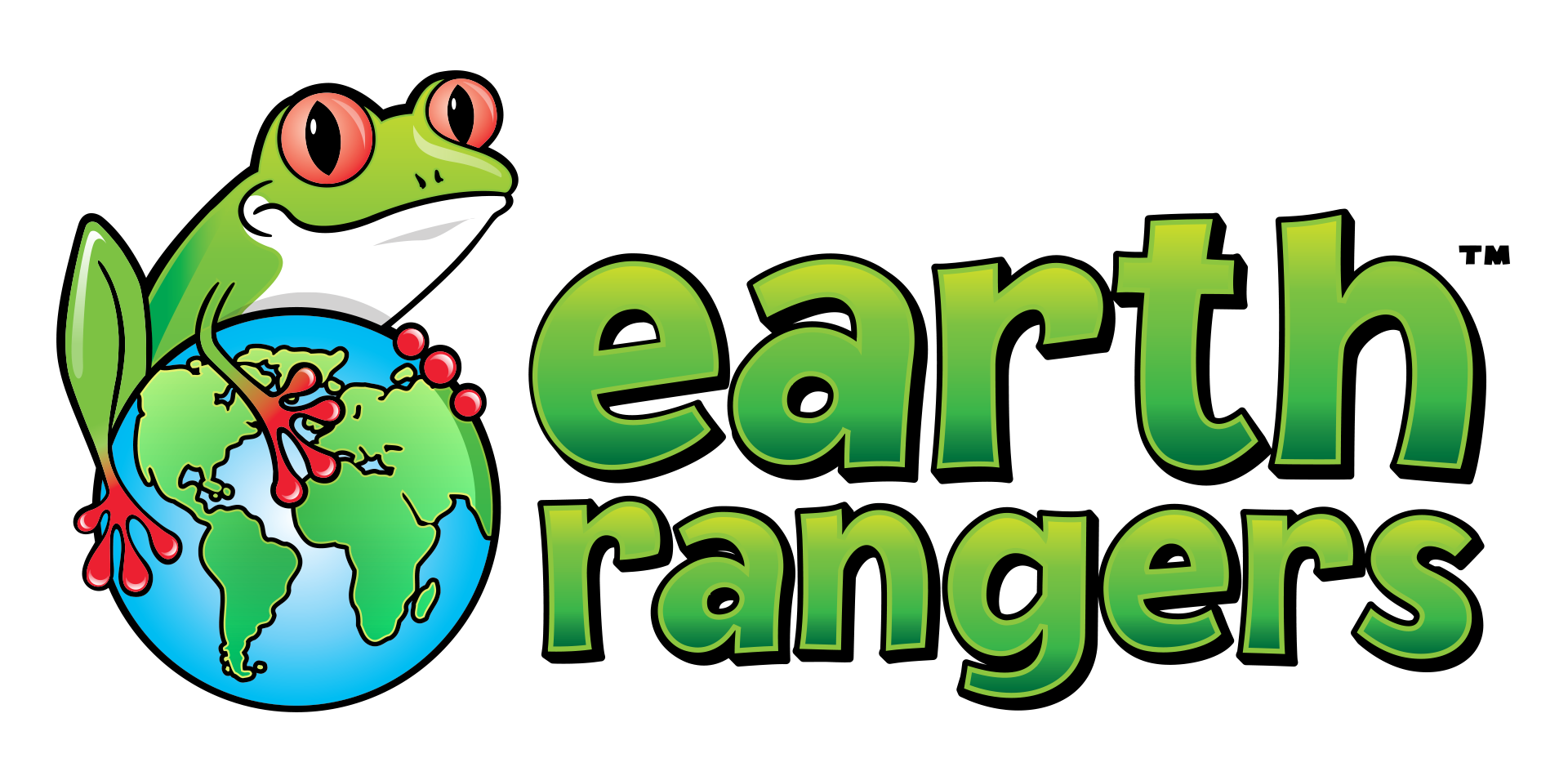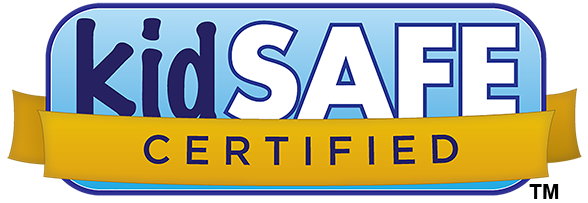Kids’ concerns about our environment are real. With the right support, so is their ability to act. When kids are worried about the environment, they can feel scared, overwhelmed and even hopeless. This is called eco-anxiety. But what can we do about it? By validating their concerns and helping them channel that worry into action. When kids see how they can make a difference – it helps them feel better. So lend your ears and give kids the power to act.
Eco-anxiety isn’t the problem. The inability to act on it is.
Eco-anxiety is a valid response to the real challenges our kids see around them. As adults, our job isn’t to make their concerns go away – it’s to help channel them into positive action. When we validate our kids’ concerns and demonstrate how our actions – even the small ones – make a difference, we can transform feelings of anxiety into feelings of empowerment.
New research by Earth Rangers, Ipsos Canada, and leading experts in the field of mental health and climate change shows that some level of concern about the environment can be useful and healthy when it leads to environmental action. It also found that Earth Rangers members are far more likely to engage in environmental action, feel empowered, be hopeful about the future, and believe they can make a big difference. This is strong evidence that helping our children discover their ability to act on environmental challenges leads to hope, optimism, and a brighter outlook for the future of the planet.
1. Get your ears on!
Select yours and your child’s favourite set of animal ears for easy-to-follow instructions and templates. The ears provide a visual cue that our kids want to talk about their concerns and that we, as parents, are listening.
2. Start a Conversation!
Provide space for our children to identify and express their feelings about climate change and other environmental concerns. This may seem obvious, but as parents it’s natural to want to reassure our children and tell them everything is going to be ok. Don’t be afraid to talk to your child about negative environmental news stories, like wildfires and floods. Ask them how they feel and validate those feelings by sharing your own. For more tips and steps for how to have a meaningful conversation with your child, download the Parent Guide below.
3. Take Action!
There are so many ways for families to take meaningful action for the environment. One approach is combining time in nature with environmental stewardship. The mental health benefits of spending time in nature are well documented, but you can go one step further by creating a backyard habitat or doing a shoreline clean-up. Kids also love to feel like they know something we adults don’t, and very often they do! Activities that make your child the leader in the household can be fun and effective — like putting them in charge of proper garbage sorting, or conserving energy at home.
Find out more about the research and download the white paper
Anxious for Action: Channeling Children’s Environmental Concern into Empowerment









